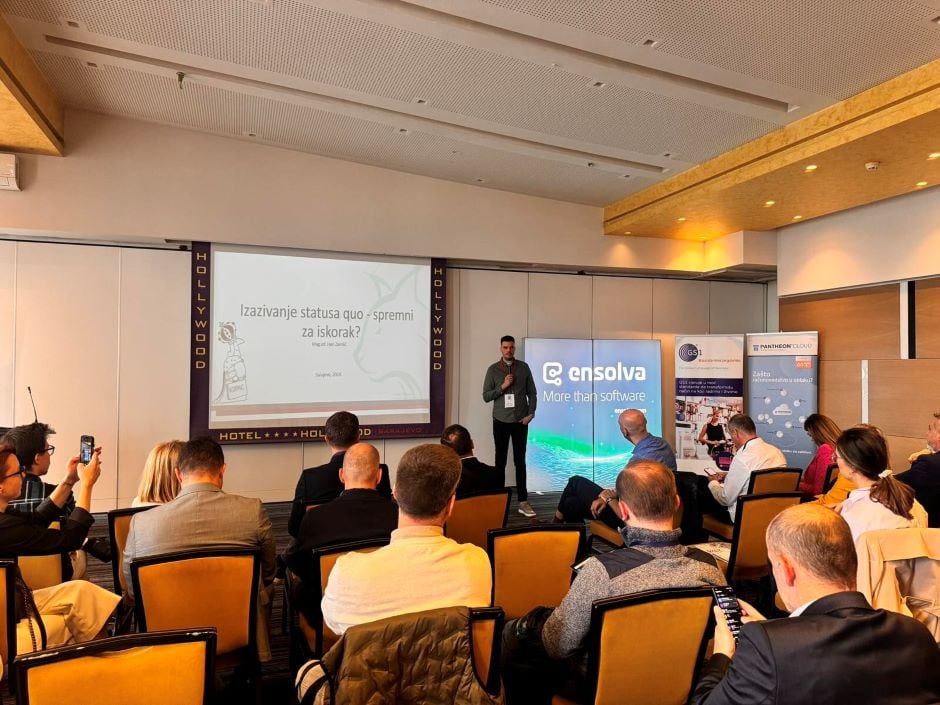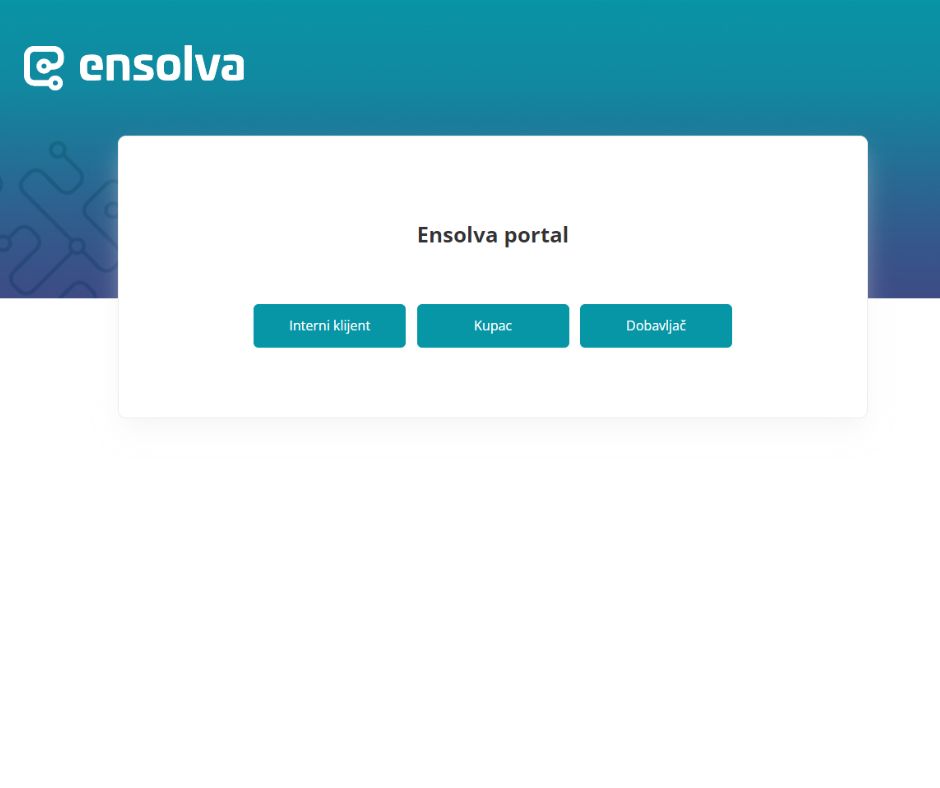Japanese reverse auction
I love the Japanese auction!
This auction type often brings excellent results. I always remember one that lasted half a day – we were convinced that the supplier was dumping the price and that something was wrong and each new time extension made us more nervous. However, the truth was…
Case study: Why I love Japanese auctions
The buyer was working with this supplier for years. They did not research the market, trusting that the supplier was giving them fair prices. With Ensolva e-auctions, our buyer acquired a tool that can be used to quickly check market prices. After collecting bids through a regular RFx, the buyer created and launched a Japanese reverse auction. Not being aware of average market prices, the buyer defined a low price reduction for each two-minutes round, afraid that a higher step would lead to few or no bids at all.
As a result, this e-auction lasted half a day. The final price was 40% lower than the lowest bid on the RFx. This Japanese e-auction left a bitter taste to the buyer because they realized that, in a way, they have been tricked by the supplier they worked with all those years. On the other hand, they gained insight into actual market prices and got motivated to look for alternative suppliers.
What is a reverse Japanese auction?
The Japanese reverse auction is an auction process where the initial price is automatically decreased by the system during the auction in a step-by-step manner. By accepting the current price offered by the system, each supplier expresses their readiness to deliver the item or service at the currently stated price.
The Japanese auction has no defined end
In this type of auction there is no defined end. It lasts as long as the participants keep accepting the price offered by the system i.e. if at least one bidder accepts the set price during the current time interval, the interval is extended and the price is decreased. Only those participants that accept the offered price reach the new interval – the auction is finished for other participants. This procedure continues in several steps/intervals where each new price is lower than the previous price, until no participant accepts the currently set price.
Free price entry is not allowed
It is not allowed to enter any price in the system, as is the case in the more popular english auction. The bidders can only accept the price proposed by the system in a limited time interval. For each new step/interval, the bidder must confirm the acceptance of the new set price. Acceptance of a price in one time interval does not imply acceptance of another price in another interval.
The winner is the bidder (or bidders) who is “last standing”
By accepting the currently set price in one time interval, the bidder submits a bid and at the same time shows readiness to further participate in the auction process, thus gaining access to a new time interval and a new (lower) set price. When the bidder in one of the steps/intervals during the auction does not accept the currently set new (lower) price, it is considered that the bidder is no longer ready to participate in the auction and the bidder no longer has access to the auction. The auction is over for that participant. The last accepted price by the bidder is considered a valid bid of the bidder in the auction process.
The auction is over when no bidder accepts the set price. The final order of bidders at the auction is the order of bids valid at the time when the auction process is completed.
Recommendations for a successful Japanese auction
- Strategically define the amount of price reduction (price step) depending on the information collected and objectives. If the step is too low, the auction will last for hours. If, on the other hand, the step is too high, there is a risk that the suppliers will not accept the offered price.
- The Japanese auction is a viable option in cases when just one supplier submitted bids on the RFx (which was conducted before the auction). In this case the auction admin can set up the auction so that the real number of participants is not visible to suppliers i.e. they negotiate with themselves without even being aware of it. The Japanese auction is also a great negotiation tool when you have two suppliers. In case that one supplier withdraws from participating in the auction event there will still be self-competition.
- The Japanese auction serves to determine the lowest price that an individual supplier is willing to offer.
- Unlike the English auction, the Japanese auction can be used only on a single line item that represents either an article or a service. This type of auction can also be used for complex services (e.g. construction of a house), in which case the single line item represents the total price.
- The Japanese auction is excellent in cases where market liquidity is low or in markets dominated by a few major players.
- The Japanese auction is much better than the English auction in cases when there is a large price difference in starting bids (on a previous RFx round) between participants.
- Put more effort into educating suppliers when conducting a Japanese auction because the rules in this type of auction are not widely known and suppliers will need support from you to be confident in what they are doing.
Desirable software functionalities for a Japanese reverse auctions
- Defining the starting price
- Setting the price reduction amount
- Setting the duration of a time interval
- Setting parameters that are visible to suppliers (e.g. number of suppliers)
- Real-time auction monitoring and management
Auctions as an integral part of the procurement process
At first glance it might seem that Japanese auctions are an easy way to end negotiations. Many procurement professionals single it out as an extremely demanding but effective negotiation tool. The key detail is the definition and encouragement of the competitive moment by the customer. Reverse auctions are a must have tool for every modern purchasing professional.



